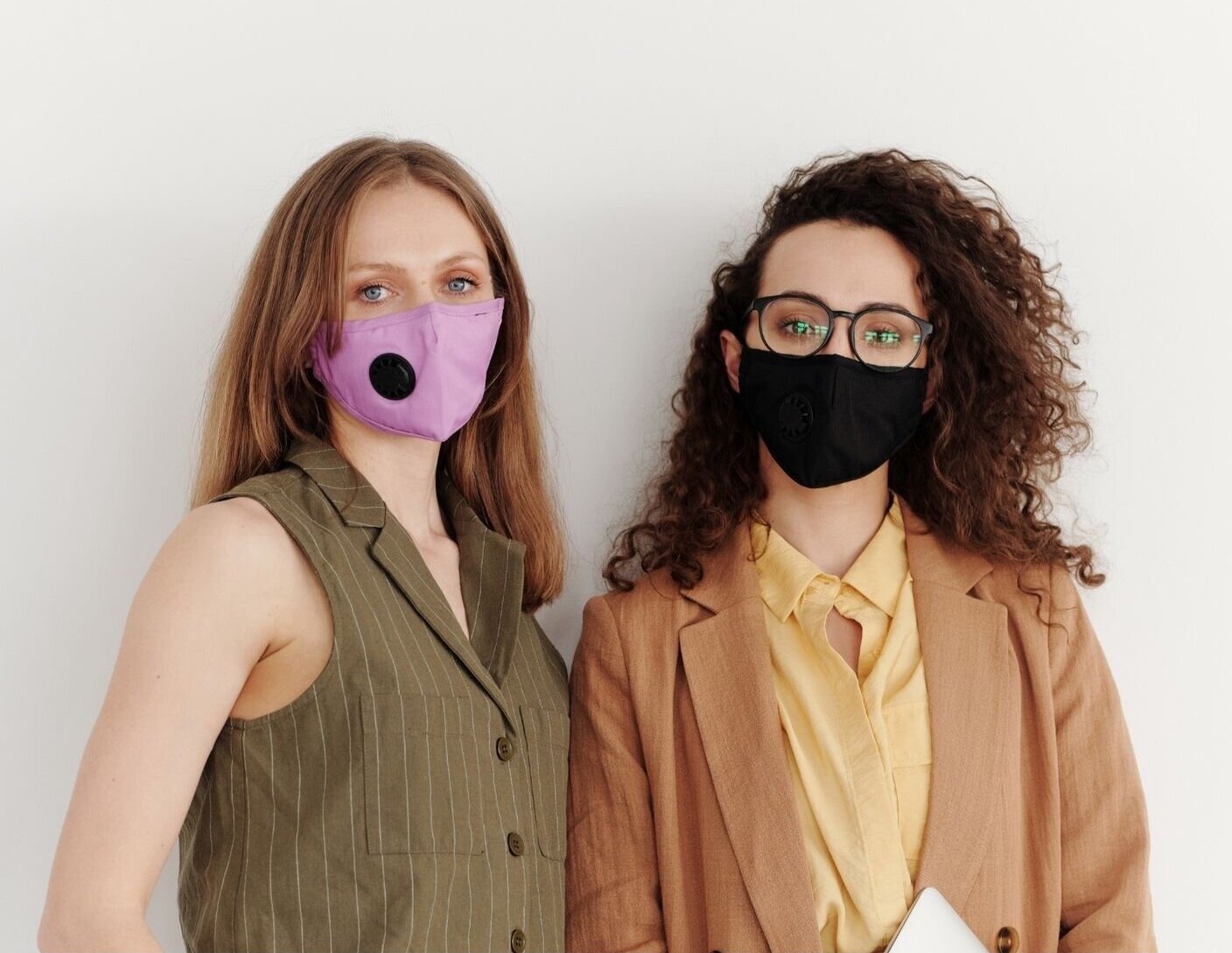From Barbie To The Kardashians

From Barbie to the Kardashians:
The Impossibility of Female Body Ideals
You see the scales in the corner of the bathroom, its presence fills you with fear. You step on with one foot, just to see if the battery is working – it is. The number flashes before your eyes. You scorn yourself for that chocolate bar earlier and look begrudgingly in the mirror.
In the UK, over a third of teenagers feel uncomfortable with their appearance. And over 35% of teens restrict what they eat due to body shame. For many of us growing up, we feel an enormous amount of pressure to fit in and adhere to certain ideals of beauty. This notion that we have to conform to a specific body image has been instilled in us from an early age. When we played with Barbie as a child, we chose outfits that would make her pretty and therefore popular. We idolised her blonde hair, her long legs, and her gorgeous boyfriend Ken. Yet what we failed to notice is subconsciously we were equating her beauty with our own, believing that to be beautiful and well-liked we needed to look like her. At such a young age we were unable to comprehend that plastic wasn’t the only thing making Barbie unrealistic.
A recent study converted Barbie’s proportions into human measurements showing a completely impossible body shape. A life-size Barbie would have a 50cm waist, which is 30cm smaller than the average healthy waist for a British woman (according to BMI). The likelihood of having this waist size is one in every 2.4 billion, with roughly 3.7 billion women in the world, that means just one woman actually looks like Barbie. In addition, her ankles are so skinny that it would be physically impossible for her to stand up, resorting to her having to walk on all fours. So why are countless girls given a doll which not only does not represent them but is not even an achievable or healthy body type?
As we grow up, our Barbie dolls are gradually tossed aside and instead replaced by real life versions in the form of models and influencers. Ultimately, we end up being told the same story about beauty just in a different way. Whilst these are indeed real people seemingly fitting the beauty standards set by media, the images that they portray are far from the truth. For one photo posted on Instagram, hundreds have been taken, deleted, never to be seen by the unknowing public.
At the risk of sounding like a list of Friend’s episodes, ‘the one with the stretchmarks’, ‘the one with the rolls’, ‘the one with the acne’, gone, gone, gone. The photo which has been immaculately touched up by photoshop, as God forbid anyone knows you don’t have a thigh gap, then circulates among us like a poison seeping into the deepest parts of us and we hate ourselves for not looking like it and punish ourselves by not eating, not smiling and not living. So if we are to achieve any acceptance of ourselves we need to break this toxic ritual by acknowledging these images aren’t real and we can do this by communicating with others, by being open, and by embracing our own beauty rather than chasing the impossible.
@elsagetscreative






